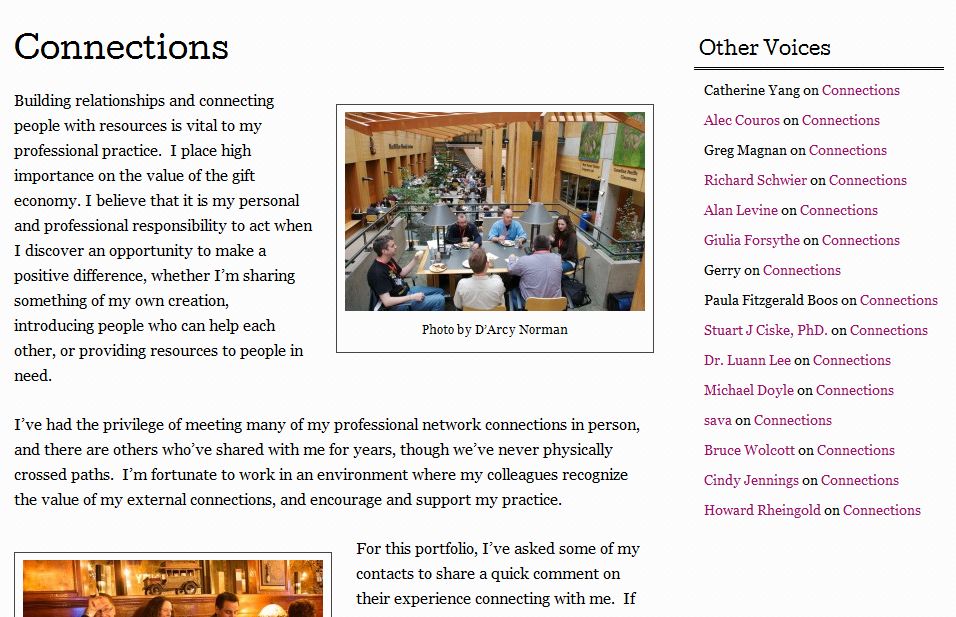 Kevin Harris, on his terrific Neighborhoods blog, offers a quick analysis of what looks to be a very interesting study on social networks, Social networks, social capital and refugee integration from Birmingham and Cardiff universities. I just want to quickly amplify this to my network with no further comment beyond a thanks to Kevin. DO visit and subscribe to his blog. I’m always getting great bits of thinking from Kevin!
Kevin Harris, on his terrific Neighborhoods blog, offers a quick analysis of what looks to be a very interesting study on social networks, Social networks, social capital and refugee integration from Birmingham and Cardiff universities. I just want to quickly amplify this to my network with no further comment beyond a thanks to Kevin. DO visit and subscribe to his blog. I’m always getting great bits of thinking from Kevin!
The social networks of refugees
A research report on Social networks, social capital and refugee integration has just been published by the universities of Birmingham and Cardiff. The study was based on an analysis of The Survey of New Refugees (SNR), augmented with a short online survey.
Among the findings:
- Social connections have a clear impact on health and language.
- Those who participate in quality English language learning get more help and have more frequent contact.
- There were clear social capital benefits from family reunion.
- Frequent contact with kin has no impact on access to employment.
- Those in contact with a formal group are less likely to need emotional support.
- No kind of social network is anti-integrative.
And there are a couple of surprises (to me at any rate). First, there seems to be comparatively low interest in associating with ‘co-national or ethnic groups’. When asked to rank 15 priorities, respondents placed greatest importance (understandably) on ‘Absence of verbal or physical attack’ (9.5) and ‘Housing’ (9.29). The lowest priority was accorded to ‘Volunteering’ (7.09) (understandably); and (surprisingly) association with ‘co-national or ethnic groups’ (7.49).
Secondly, the research challenges the model which suggests that if you spend time and energy investing in strong ties (e.g. for emotional support) that detracts from investment in weak ties and bridging social capital (e.g. for getting work). The researchers say there was ‘no evidence that having strong kin networks precludes getting support from formal networks’:
‘The positive correlations between different types of contact… provide compelling evidence against the argument that immigrant and ethnic minority communities are ‘inward looking’ and only ‘invest’ in bonding social capital… There is no evidence that receiving help from relatives and friends (widely considered as ‘bonding’ capital) is mutually exclusive with gaining ‘bridging’ social capital from ‘out-groups’ and more formal organisations.’ (p11-12)

